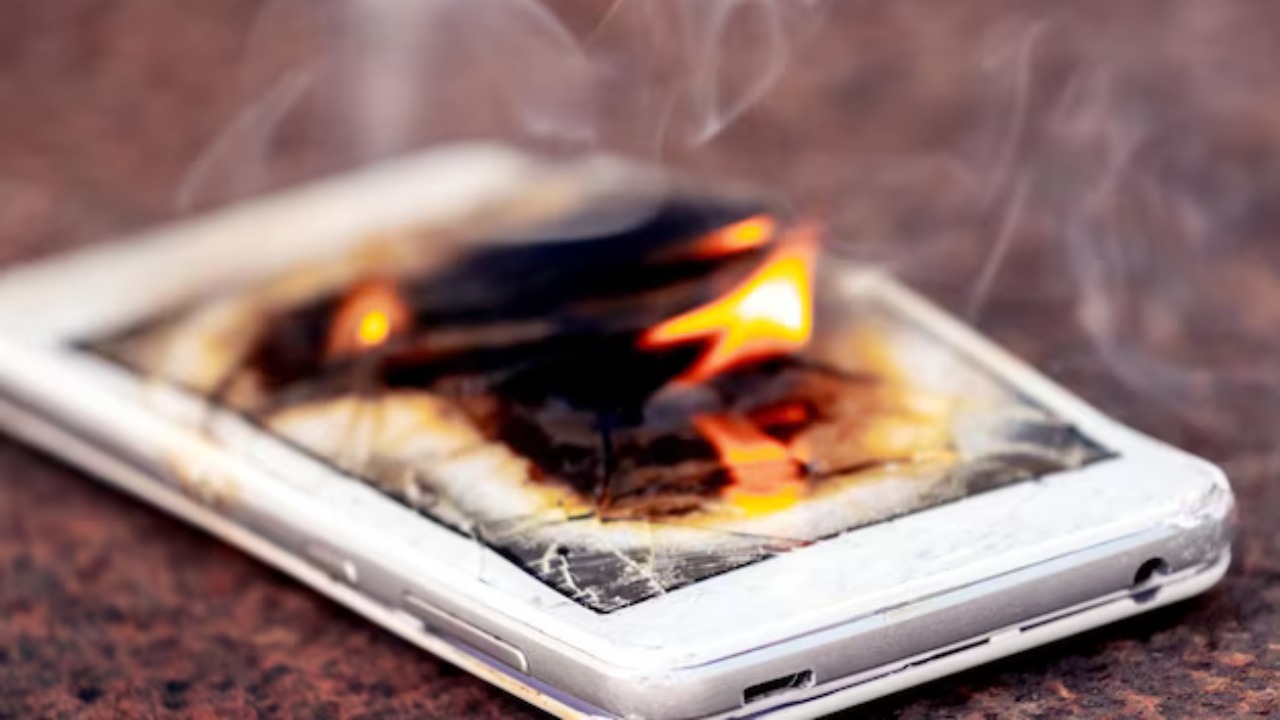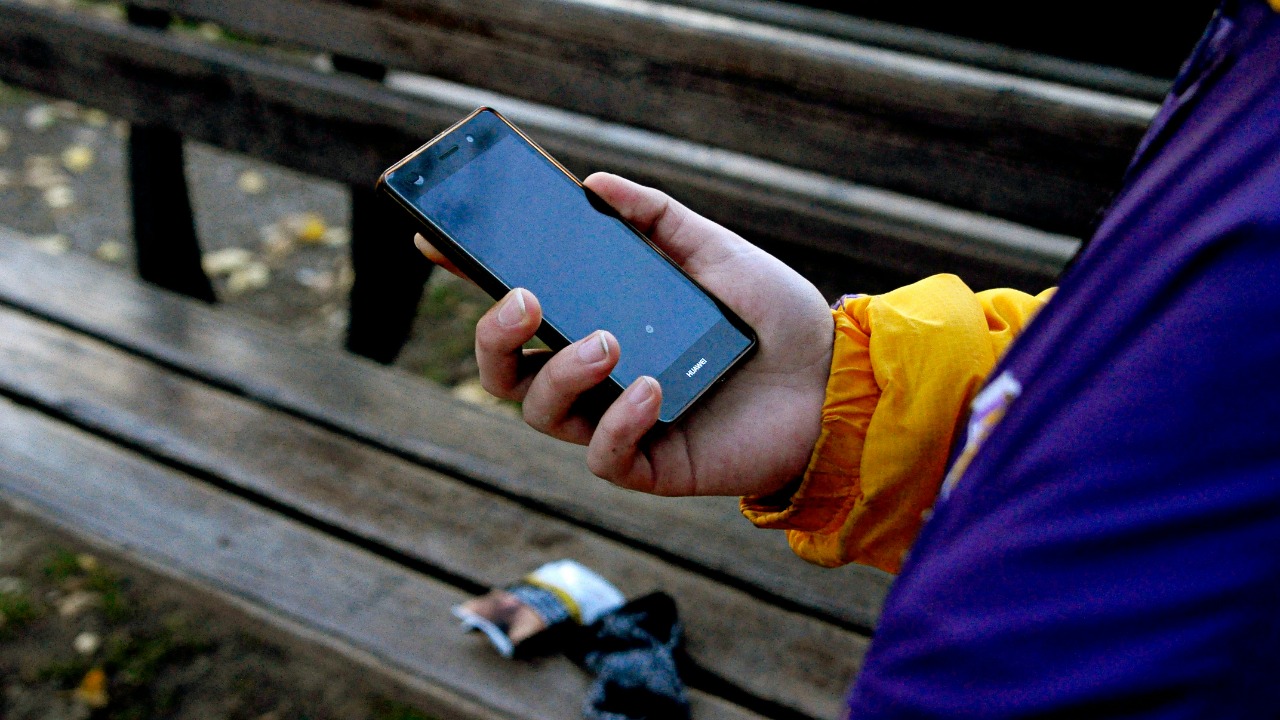
Many smartphone users have experienced the discomfort of their devices becoming excessively hot. While it’s easy to attribute this to overuse or environmental factors, there’s often more beneath the surface. Let’s delve into the underlying causes of phone overheating, drawing on recent studies and expert insights.
Understanding Phone Overheating

Smartphone overheating is often a result of inherent hardware limitations. Modern smartphones are packed with powerful processors and components that can push thermal limits when pushed to their extremes. As devices become more compact, the challenge of managing heat becomes more pronounced. The battery, a crucial component, also plays a significant role in this issue. Current battery technology, while advanced, still grapples with inefficiencies in heat management, often resulting in increased temperatures during intensive use.
Software also plays a pivotal role in overheating. For instance, certain software updates, such as those for the Pixel 4a, can inadvertently contribute to the problem. These updates may demand more from the hardware, increasing heat output. Additionally, background applications and processes running continuously can further exacerbate overheating by consuming resources and generating heat.
Environmental and Usage Factors

External temperatures significantly influence how a smartphone dissipates heat. High ambient temperatures can hinder effective heat dissipation, causing devices to overheat. Direct exposure to sunlight or using a phone in hot environments can further worsen this issue. In such scenarios, the phone’s performance may degrade, and the risk of overheating increases.
Usage patterns also play a critical role in overheating. Prolonged activities like gaming or streaming, which demand significant processing power, increase thermal output. Multitasking and using resource-heavy applications can also contribute to a rise in device temperature. Understanding these usage patterns can help users take preventive measures to avoid excessive heat generation.
Consequences of Overheating

One of the primary consequences of overheating is performance degradation. When a phone reaches high temperatures, it may throttle its performance to protect internal components, leading to a noticeable lag in user experience. Over time, chronic overheating can cause permanent damage to the device’s internal components, shortening its lifespan.
Overheating also poses safety risks. The most severe cases can lead to battery swelling or even explosions, as seen in specific models or brands in the past. It’s crucial to recognize warning signs of overheating, such as the device becoming too hot to touch or sudden shutdowns, to prevent accidents and ensure user safety.
Preventive Measures and Solutions

To minimize the risk of overheating, users can adopt optimal usage tips. Managing app usage and settings can significantly reduce heat generation. For instance, closing background apps, lowering screen brightness, and avoiding resource-heavy tasks can help. Additionally, making environmental adjustments, such as avoiding direct sunlight and utilizing cooling accessories, can aid in maintaining a manageable device temperature.
On the technological front, there have been significant advancements in smartphone design to improve heat dissipation. New materials and cooling technologies are being integrated into devices to enhance their ability to manage heat effectively. Moreover, ongoing research into battery technology promises to reduce heat generation, potentially leading to safer and more efficient smartphones.
Future Outlook for Smartphone Temperature Management

Emerging technologies hold promise for better smartphone temperature management. AI-driven thermal management systems, for instance, can optimize device efficiency by dynamically adjusting performance based on real-time thermal data. Such innovations could revolutionize how smartphones handle heat, making them more reliable and safer for consumers.
Consumer awareness and responsibility are also crucial in managing device health and longevity. By staying informed about manufacturer guidelines and updates, users can ensure optimal device performance and prevent overheating problems. Encouraging proactive behavior in smartphone usage will contribute to safer and cooler devices in the long run.